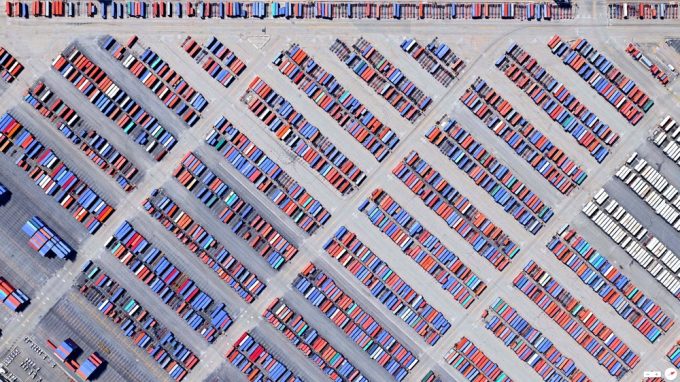Maersk vessel forced to omit Cape Town as congestion mounts
The port of Cape Town is facing significant congestion, which is set to worsen this ...

There was no improvement in liner schedule reliability last month, with US inland logistics bottlenecks blamed for creating a vicious cycle of global supply chain delays.
New data from Sea-Intelligence shows around two out of every three vessels around the globe severely delayed last month, according to Lars Jensen, CEO of Vespucci Maritime.
He explained: “All tradelanes remain heavily impacted and while some see small increases or decreases in performance, these are basically minor fluctuations.
“The data also confirms that the removal of ...
Volcanic disruption at Anchorage could hit transpacific airfreight operations
Shippers snap up airfreight capacity to US ahead of tariff deadline
Forwarders stay cool as US 'liberation day' tariffs threaten 'global trade war'
New price hikes may slow ocean spot rate slide – but for how long?
Tighter EU import requirements proving 'a challenge' for forwarders
Supply chain delays expected after earthquake hits Myanmar
Looming Trump tariffs will create 'a bureaucratic monster' for Customs

Comment on this article